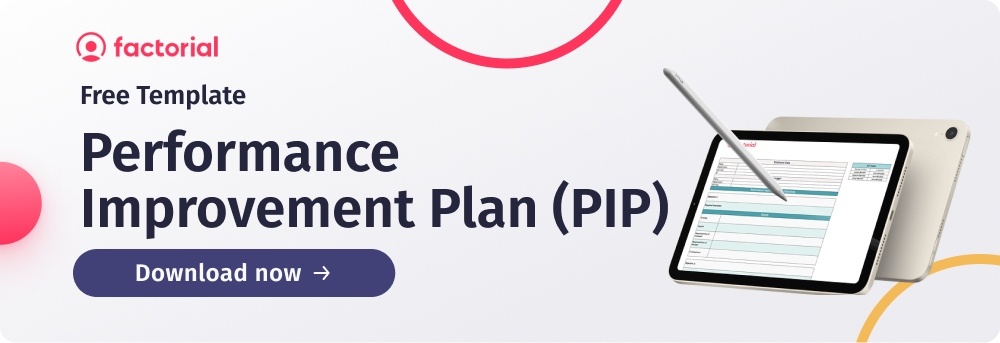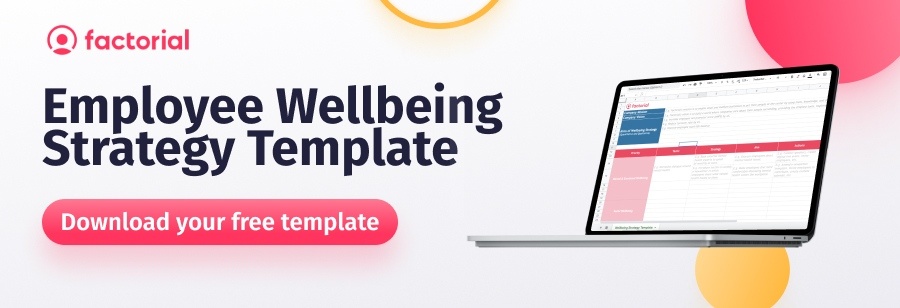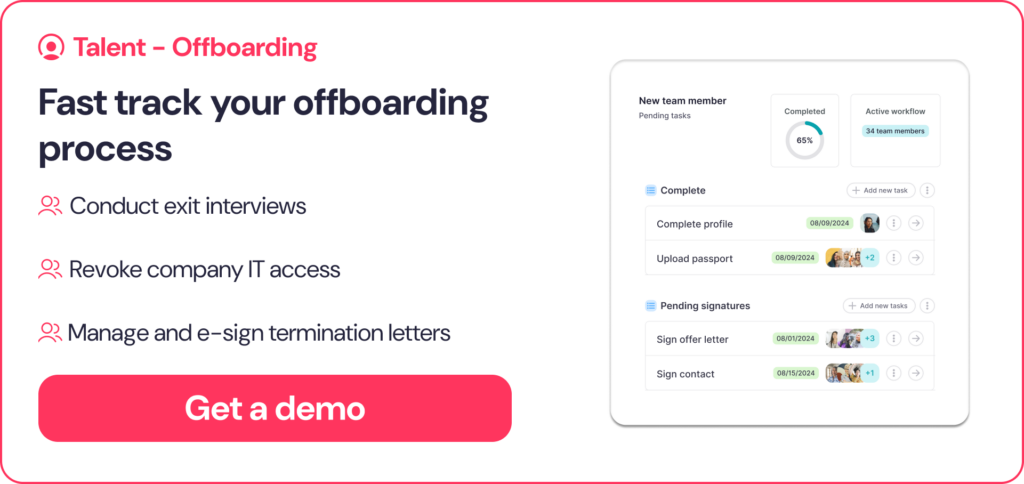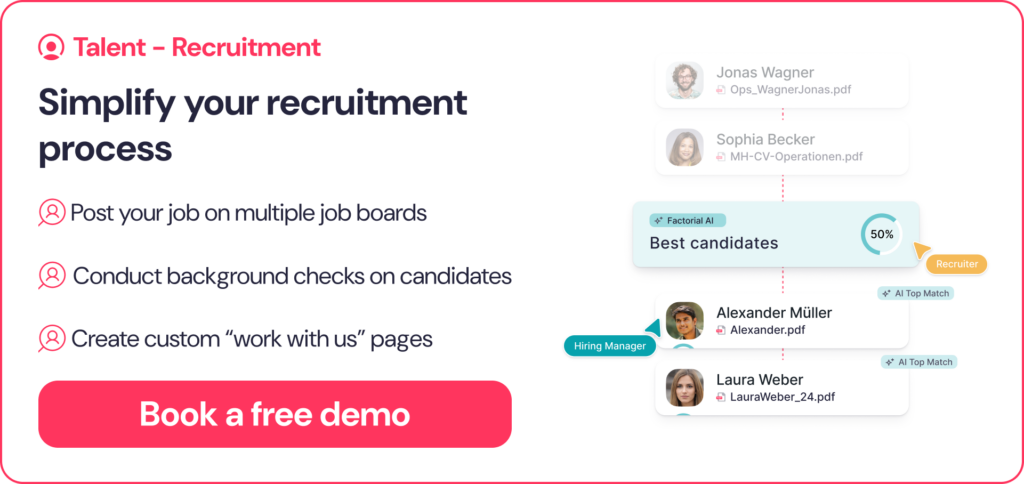All businesses want to reduce their labour turnover. You want your people to be happy and productive and stay at your company for years to come.
If you have high labour turnover, you’ll find yourself constantly recruiting, onboarding and training new employees. This can eat up time and money – to replace an employee on the average UK salary, it could cost up to £12,000.
So how do you reduce your employee turnover? The first step is to calculate labour turnover and your retention rate. Then, by analysing labour turnover, you’ll be able to identify any issues you have with retaining staff.
Once you’ve identified any problems, you can address them to help you grow, develop and attract top talent. This might be through implementing training programmes, having better onboarding processes and drawing up better progression plans.
Let’s dive into what staff turnover is and how you can calculate labour turnover.

What is Labour Turnover
Labour turnover, also called employee turnover, refers to the percentage of employees who leave an organisation during a given time frame. Labour turnover is different from employee attrition, however, they are closely related.
Although it is normal for companies to experience turnover, employers should be aware if the rate increases which could indicate problems within the workplace. This could end up being costly for your organisation as high turnover rates mean:
- More resources spent in the employee journey (hiring, onboarding, training, and offboarding)
- Lost of senior employees who hold critical information and experience
- Decrease in employee morale and leads to hostile workplace environment.
Labour turnover types
The types of employee turnover is generally divided into 4 variations:
- Voluntary labour turnover: When someone leaves of their own accord, normally by resigning and working their notice period.
- Involuntary labour turnover: When a team member is asked to leave by the company, whether for disciplinary reasons or due to redundancy.
- Retirement: This is a type of voluntary turnover, but companies often look at it separately, because the staff member has only chosen to leave due to reaching retirement age.
- Internal movement: When someone moves to a different role within the organisation, either through promotion or moving to another area of the business. While you might not include this in your overall labour turnover calculations, it’s worth including it in some aspect of your analysis since you will need to fill the role with a new hire.
Most companies calculate labour turnover on a monthly and annual basis to give them an overview of how well the business is retaining staff.
What is Employee Retention Rate?
Employee retention rate is a metric that shows a company’s ability to retain people over a given period of time. It’s similar, but not the same as labour turnover; turnover is about those that leave, whereas retention is about those that stay. It also doesn’t take new hires into account.
If you have a high employee retention rate, it’s likely that you have happy, productive people in your team. If you have a low retention rate, you could have problems with morale and productivity, and no doubt high recruitment costs.
How to Calculate Your Labour Turnover and Retention Rates
It’s pretty easy to calculate employee turnover and retention once you know the formula.
Let’s start by reviewing labour turnover:
Labour turnover formula:
(# of leavers/average # of employees) x 100 = turnover rate
So a company with an average of 200 employees and 10 leavers over a given period would have an employee turnover rate of (10/200) x 100 = 5.
Now let’s take a look at retention.
Retention rate formula:
(# of employees who stayed for the period / # of employees at the start of period) x 100 = retention rate
Most companies calculate retention rates on an annual basis, so the defined period would be from January 1st to December 31st. However, you can define any period you like.
So a company with an average of 200 employees over the year that lost 10 staff members retained 190 employees. Their retention rate would be (190/200) x 100 = 95.

Example Calculations for Labour Turnover and Retention Rates
Formulas can be a little hard to digest, so let’s look at a couple of examples to help us understand the labour turnover and employee retention formulae.
Labour turnover rate example
A Leeds-based company – Top Paper – had an average of 100 employees during the calendar year 2020. Throughout the course of that year, 10 people left the company (voluntarily and involuntarily) and had to be replaced. Consequently, Top Paper retained 90 employees.
Top Paper’s labour turnover formula would be as follows: (10/100) x 100 = turnover rate of 10% (low). Nothing to worry about here.
Retention rate example
Bouncy Castles Ltd. had an average of 25 employees during the calendar year 2020. Throughout the course of that year, 17 people left the company (voluntarily and involuntarily) and had to be replaced. Consequently, Bouncy Castles Ltd. retained 8 employees.
Bouncy Castles Ltd.’s retention rate formula would be as follows: (8/25) x 100 = retention rate of 32% (very low). This suggests there is a serious issue preventing the company from retaining talent which needs to be addressed.
How to Analyse Your Labour Turnover Rate
When you’re analysing your labour turnover rate, you need to ask 3 questions: ‘Who?’ ‘When?’ and ‘Why?’
Who is leaving?
Who is leaving your company? If it’s your top performers, you need to take action and ensure you’re nurturing your high-potential employees.
If it’s low performers, don’t be tempted to just sit back – make sure you look at your training and development plans and see whether you can make improvements to your employee engagement programmes. Is it possible they were low performers because they weren’t happy with your company culture?
When do they leave?
When do team members leave your organisation? If new hires are leaving soon after joining, review your recruitment and onboarding process. Consider whether your job descriptions are accurate and whether new hires get enough support when they’re settling into their roles.
If staff are leaving after a few years, consider whether you’re offering the right people the right progression opportunities.
Why are they leaving?
If you know the answer to this, you can make changes.
A great way to find out why your team members are leaving is to conduct exit interviews. If you hear that staff felt like their hard work wasn’t appreciated, look at your performance appraisal process. Ensure that good performers are rewarded for their efforts. You can use our free performance improvement plan to help here.
If you hear that employees leave because they struggle with their work-life balance, take a look at your engagement programmes for benefits such as flexible working or enhanced parental leave.
Why is Labour Turnover Important?
Labour turnover and retention affects every area of your business. When you keep track of your labour turnover rate and retention rate, it’ll help you to continuously improve these rates and keep top talent working for your organisation for years to come.
Helps you measure the success of new initiatives
Tracking your labour turnover means you can see how well your new programmes and initiatives are doing. If you’ve added flexible working conditions to your employee engagement programme and you’ve seen a lower staff turnover, this initiative could be working.
However, if you’ve made a change such as restricting the times of year that staff can take annual leave and you notice a high labour turnover rate, you might want to see if your business can cope with re-thinking this policy.
Can show you where to make changes
Analysing your labour turnover rate will help show you where you need to improve. If new hires leave quickly, you know you need to invest time in perfecting your onboarding process to reduce your recruitment costs.
Helps save time and resources
Measuring employee retention and labour turnover helps you to save both time and money. This is particularly important for small businesses where you have fewer resources, so you need to ensure you’re investing in the right places. You at least want team members to stay long enough for you to recover your investment.
When you have a low labour turnover, that usually means your company values its team and your staff feel appreciated, so they’re more likely to go the extra mile.
But high labour turnover effects can ripple throughout the whole business. There’s likely lower morale and employee experience, and the more people notice others leaving, the more it drags down the atmosphere. Plus, a study published in BMC Public Health showed that workforce stress contributes to a higher turnover, so you should investigate whether there is anything you can do to reduce the pressure on your team.
What is a Good Labour Turnover Rate?
When calculating labour turnover and analysing it, it’s important to benchmark against your industry average. Look at other companies like yours and see if you can find their turnover data.
As a general rule though, it’s best to aim for a turnover rate of 10% or less, which should indicate you have a happy team.
How to Reduce Your Labour Turnover Rate: A Checklist
The following best practices should help you increase your retention rate and, as a consequence, reduce your labour turnover rate:
- Benchmark and track your employee retention rate, employee turnover rate and attrition rate.
- Invest more time in finding the right person for the job from the onset.
- Monitor and research the market on a regular basis so that you are offering fair salaries and compensation plans in line with industry averages.
- Offer a solid onboarding process to ensure a positive employee experience from the start.
- Gather employee insights through regular appraisal meetings and feedback surveys. The more valued and heard your employees feel, the longer they will stay at your company.
- Establish clear goals and expectations in terms of employee performance.
- Create a positive work environment based on trust and transparency.
- Provide your employees with training and support so that they understand and are able to perform their duties.
- Offer clear career development paths to your employees.
- Recognise and reward employee contributions.




